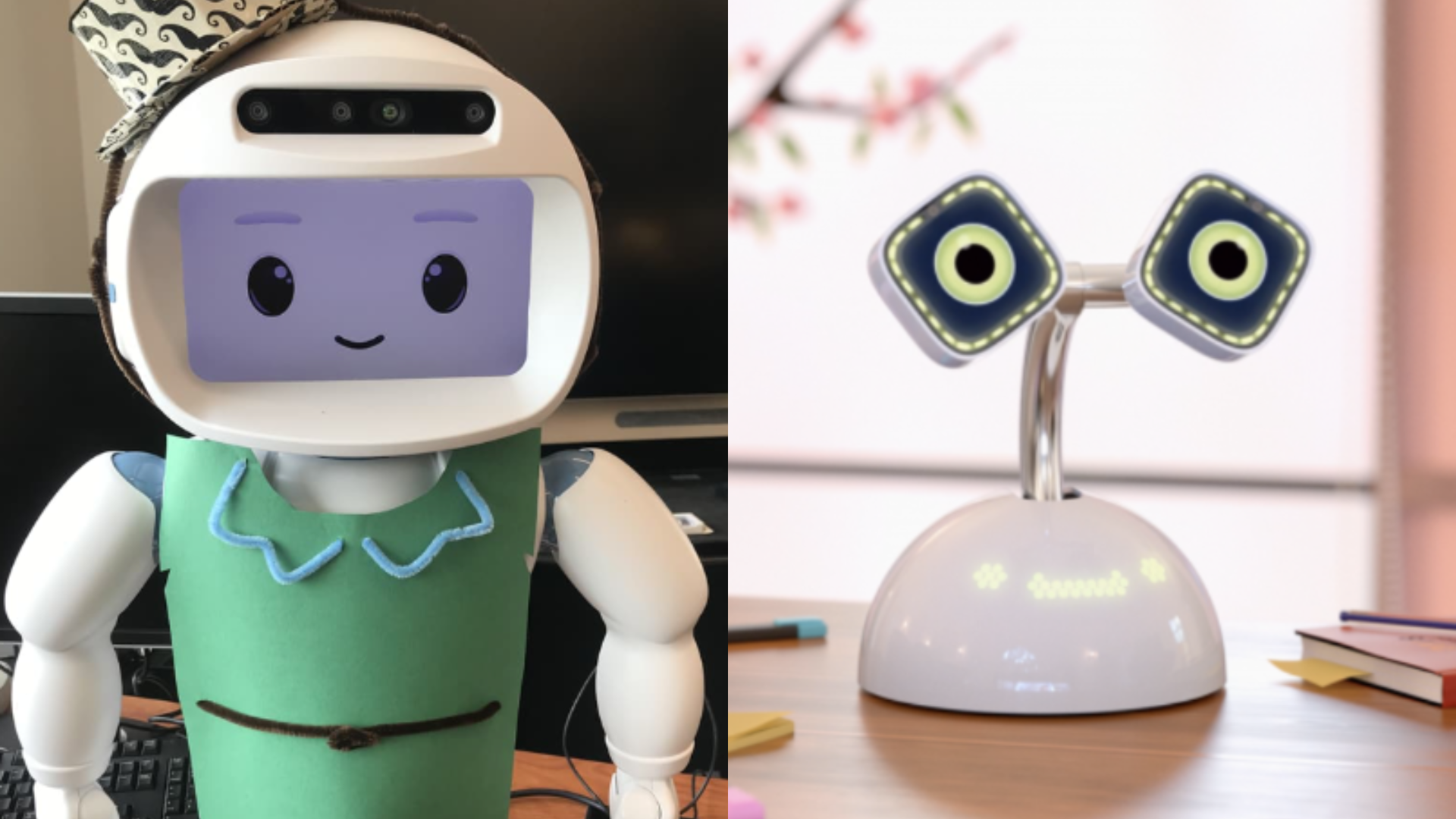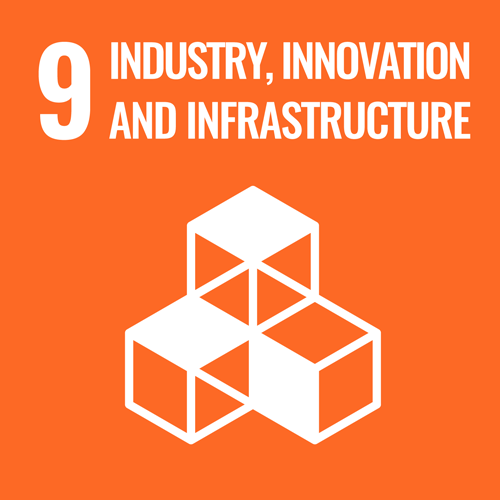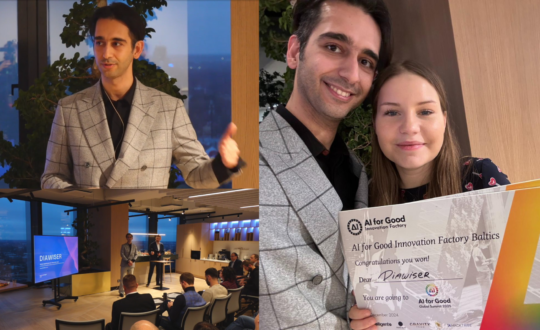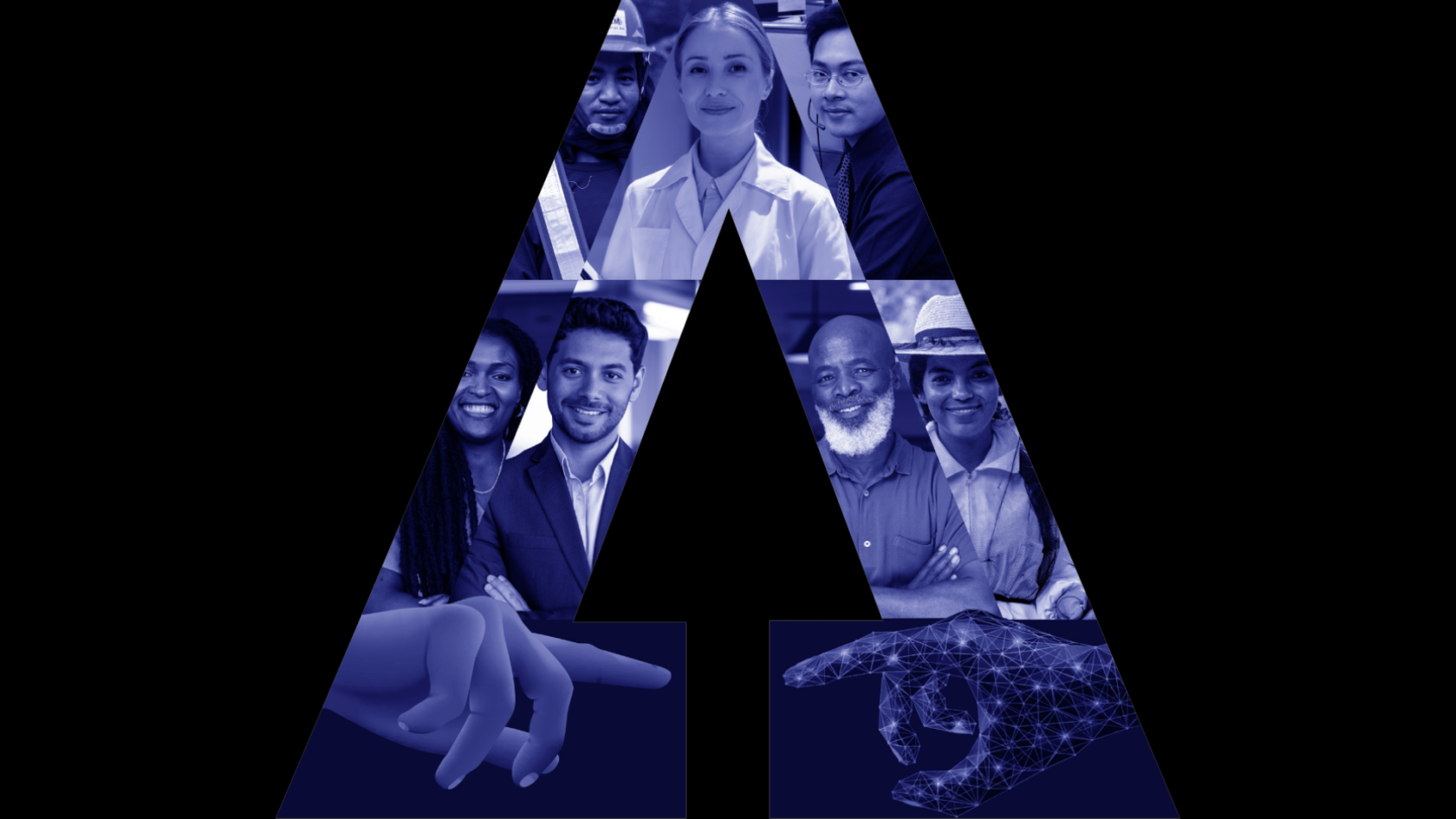At the forefront of technological innovation, robots continue to revolutionize various aspects of our lives, offering unprecedented opportunities to enhance human experiences and address societal challenges. The session on “Developing robots to assist children and older adults” at the AI for Good Global Summit 2023 exemplified this transformative potential. Led by experts in the field of robotics, the discussion explored how advanced robotics technologies are being harnessed to create solutions tailored for diverse users, with a particular focus on improving the well-being of children and older adults.
Selma Šabanović, an associate professor of informatics and cognitive science at Indiana University Bloomington, led the discussion on robots for diverse users, focusing on children and older adults. Joining her, were David Crandall, luddy professor of computer science at Indiana University Bloomington, and Randy Gomez, chief scientist from Honda Research Institute. Together, they presented research on two robots: Haru, a social robot designed to make people happy by Honda Research Institute Japan, and I.R.I.S., an interactive robot for Ikigai support, developed at Indiana University Bloomington.
Before delving into their projects, Selma Šabanović addressed a thought-provoking topic. In 2007, Bill Gates predicted that by 2020, robots would be in every home. This vision is widely embraced in the community, the media, and people’s expectations.
“However, as someone who works closely with users, I often hear that while robots are cool, they’re not for everyone. There seems to be a gap between this vision and users’ actual experiences with robotics,” shared Selma Šabanović.
She noted that through over a decade of research, they’ve realized that one issue is that visions of robots often assume certain types of users, typically middle or upper-middle-class individuals. Studies in the US and Japan have shown that older adults feel uneasy with the stereotypes associated with robots designed for them. Additionally, they feel that the cost and benefits of robots are unevenly distributed.
To bridge this gap, they’ve adopted participatory design principles, working closely with users to align robots with their values and practices. This approach allows people to negotiate meanings and uses of technology from the outset and fosters mutual learning between users and researchers.
By involving users in the design process, researchers have observed immediate benefits, such as a sense of purpose and well-being among participants. Their goal is to develop social practices that seamlessly integrate robots into users’ everyday lives.
As researchers, they also place robots directly in the environments where users live, observing how they interact with them and identifying factors that influence their adoption. Their aim is to create robots not just for but with their communities, focusing on how they fit into existing workflows and cultures. Ultimately, their hope is to establish a virtuous circle where users actively engage with and help shape the development and deployment of robots.
Enhancing Ikigai through Social Companionship
Dr. David Crandall discussed one of the robots they have been working on: I.R.I.S., the interactive robot for Ikigai support. Ikigai is a Japanese concept referring to one’s sense of purpose in life, which evolves as people age and face changes in our physical and cognitive abilities.
“Our vision for I.R.I.S. is to serve as a social companion for older adults, helping them reflect on their sources of meaning in life through natural conversations. Based on these conversations, I.R.I.S. can offer recommendations to enhance or maintain their sense of Ikigai, such as connecting with family or engaging in community activities,” shared Dr. David Crandall.

To ensure that I.R.I.S. meets the needs of older adults, they have adopted a user-centered approach, involving surveys, interviews, co-design workshops, and user evaluations. Also, they have conducted pilot tests in homes and elder care facilities, particularly among those living with dementia.
Followed by the demonstration of the interaction with I.R.I.S. and some older adults in Indiana. I.R.I.S.’s embodiment in a cute robot helps engage older adults, even when it makes mistakes, providing opportunities for fun and connection. Similar studies have been conducted in both the US and Japan to ensure I.R.I.S.’s effectiveness across cultures.
AI for Cross-Cultural Mediation
Randy Gomez, chief scientist from Honda Research Institute, shared his vision of a society where intelligent systems foster good relations among diverse community members. Through collaboration with UNICEF, they have developed a project called Embodied AI for Cross-Cultural Mediation.
This project called Haru robot aims to bridge cultural gaps by facilitating interactions between children from different backgrounds using a robot as a mediator. By adopting UNICEF’s policy guidance on AI for children, we’re designing a system that’s responsible and beneficial for its users.
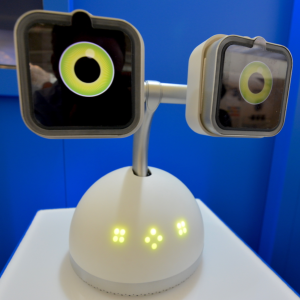
“So currently, we are in discussions with different high schools, and we are actually piloting the system. We’re trying to assess the impact of our system on children’s development, and we are also in discussions with educators to develop content that is genuinely beneficial to children,” concluded Randy Gomez.
The session shed light on the transformative potential of robotics in addressing the unique needs of children and older adults. By embracing user-centered design principles and fostering collaboration between researchers and users, the speakers emphasized the importance of creating robots that seamlessly integrate into users’ lives. With ongoing efforts to bridge cultural gaps and ensure responsible AI development, the future holds promise for robots as invaluable companions and mediators in promoting well-being and fostering positive relationships within diverse communities.
Watch our full video:



